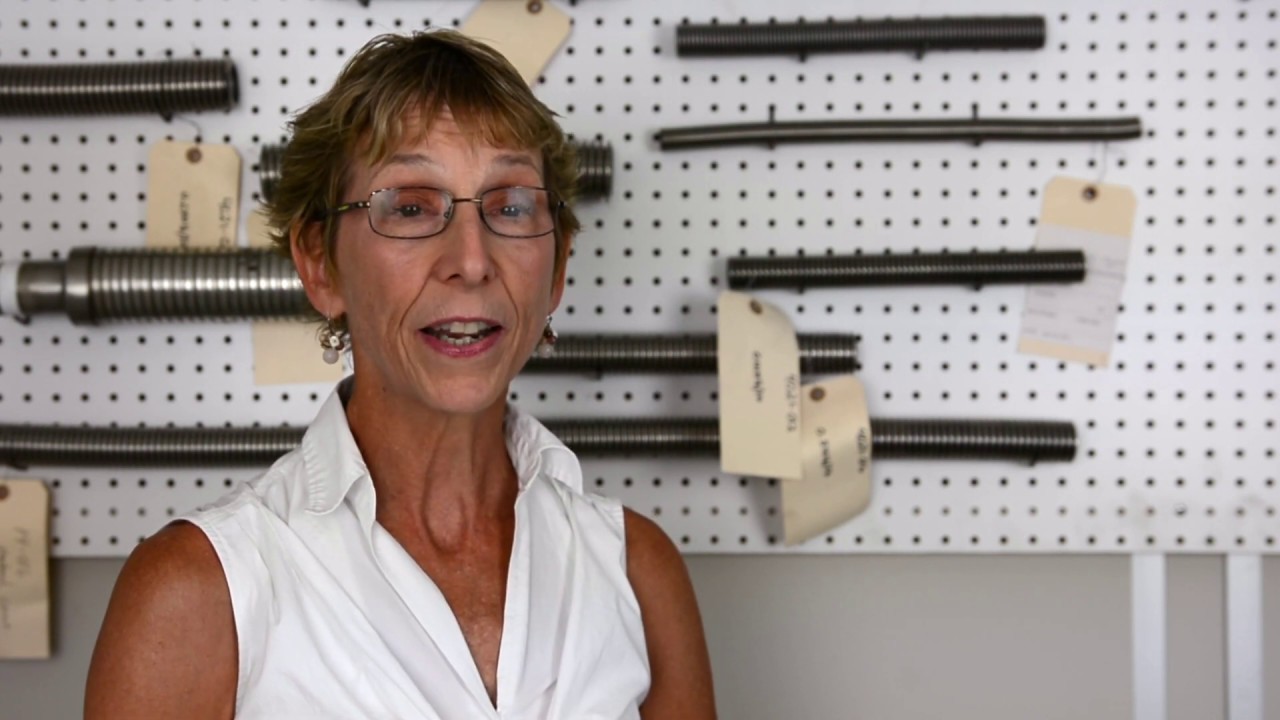Engineering Bulletin #144
The right materials are important to any design. In selecting the appropriate alloy for a metal hose assembly, engineers consider the temperature, pressure, movement—be it flexing, vibration or fatigue—and rates of corrosion anticipated within the given application.
It’s a careful calculation with many variables and selecting a less-than-ideal material could lead to faster rates of corrosion, decreased efficacy as a transfer medium, and premature hose failure.
While Penflex does specify the chemical and physical properties for our stainless steel, Hastelloy, Monel, Inconel and Bronze hoses with Material Test Results (MTR) from our raw material suppliers, some end users want additional assurance in the form of a final verification.
This final verification is Positive Material Identification (PMI) testing conducted before the hose assemblies are shipped to their final destination. PMI testing analyzes the composition of a component by reading quantities of its constituent parts, often delivered in percentages. Penflex uses an alloy analyzer that leverages X-ray fluorescence technology for its PMI testing.
Penflex Director of Quality and Engineering Janet Ellison demonstrates how PMI testing works and precisely why it can be an additional procedure worth undertaking in the video below.
The composition of stainless steel alloys defer and one of the key differences between 304 and 316 is 316 contains more molybdenum (Mo) for increased corrosion resistance. Assuming the application requiring these flanges involved corrosive media, this catch was an important one that would not have been made without PMI testing.
For a sample PMI test report, please click here.

